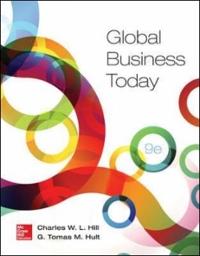Question
Define the following terms:1 - Individual retirement account (IRA) 2 - 401 K 3 - S&P 500 4 - Dow Jones 5 - Mutual fund
Define the following terms:1 - Individual retirement account (IRA) 2 - 401 K 3 - S&P 500 4 - Dow Jones 5 - Mutual fund 6 - Exchange-traded fund (ETF)7 - Using an Internet website financial section, find and identify three index mutual funds or Exchange Traded Funds in the following broad classifications.A. S&P 500Please pick one ETF or Mutual Fund that tracks the Standard and Poor 500 Index. What is the name of the fund? Describe its profile List its top 10 holdingsWhat is its 10-year historical return? How diversified is it by sectors of the economy? Meaning, describe or give the percentage of how much of the fund is invested in each of the sectors of our economy.)B. Sector FundPick a fund that tracks a single sector of our economy. Generally, these funds for example have most (over 90%) of their investments in one of the following sectors, energy, real estate, healthcare, energy, or technology.What is the name of the fund?Describe its profile List its top 10 holdingsWhat is its 10-year historical return?In what sector it is focused? Meaning what percentage of its holdings are in its major sector of the economy? C. Balanced FundPick a fund that is balanced between stock and bonds. Typically, these blended funds have 30 - 60% in stocks and 30-60% in bonds.What is the name of the fund?Describe its profile What is its 10-year historical return?What is its investment breakdown in terms of stocks and bonds?8 - Works Cited:Create reference citations for the three funds you have selected

Step by Step Solution
There are 3 Steps involved in it
Step: 1

Get Instant Access to Expert-Tailored Solutions
See step-by-step solutions with expert insights and AI powered tools for academic success
Step: 2

Step: 3

Ace Your Homework with AI
Get the answers you need in no time with our AI-driven, step-by-step assistance
Get Started


